The Annapurna Region, alongside most trekking areas in Nepal, experiences four distinct seasons: spring, summer, autumn, and winter. The months spanning March to May (pre-monsoon) and October to early December (post-monsoon) are the most favored for embarking on the Mardi Himal trek. Each season presents its unique allure and ambiance, making trekking a possibility throughout the year. Spring and autumn, however, stand out as the primary trekking seasons. The following sections provide detailed insights into the characteristics of each season.
Spring
Spring, running from March to May, marks the pinnacle of the trekking season, attracting enthusiasts from across the globe to the Nepali Himalayas. During this period, the weather is pleasant, precipitation is low, and hiking conditions are optimal. While daytime temperatures along the trail are mild, higher altitudes such as Mardi Himal Base Camp can be pretty cold in the early morning. To prepare for varying conditions, refer to our comprehensive Mardi Himal trek packing list below in this blog post.
Summer
Summer, spanning June, July, and August, brings higher temperatures, making it relatively enjoyable. However, it coincides with the monsoon season, bringing frequent rains and cloudy skies, limiting visibility of the mountains. It is also the time when leeches are most active, and you may experience discomfort from these animals. The trail becomes wet and slippery, with an increased risk of landslides.
Autumn
Autumn in the Annapurna area (September, October, November) is another prime trekking season, akin to spring, featuring favorable conditions. The main distinction lies in the clear air post-monsoon, providing stunning views of the Annapurnas including Machapuchare compared to the occasionally hazy atmosphere in spring.
Winter
Winter, from December to February, is the most challenging period for trekking towards Mardi Himal. The sun remains low and there’s limited daylight. Night temperatures plummet to -10 degrees Celsius in the higher camps, and there may be snowfall. Despite the harsher conditions, our collaboration with top-tier trekking companies ensures safety and comfort, even in winter. Additionally, the trail is likely to be empty, offering a unique and solitary experience.



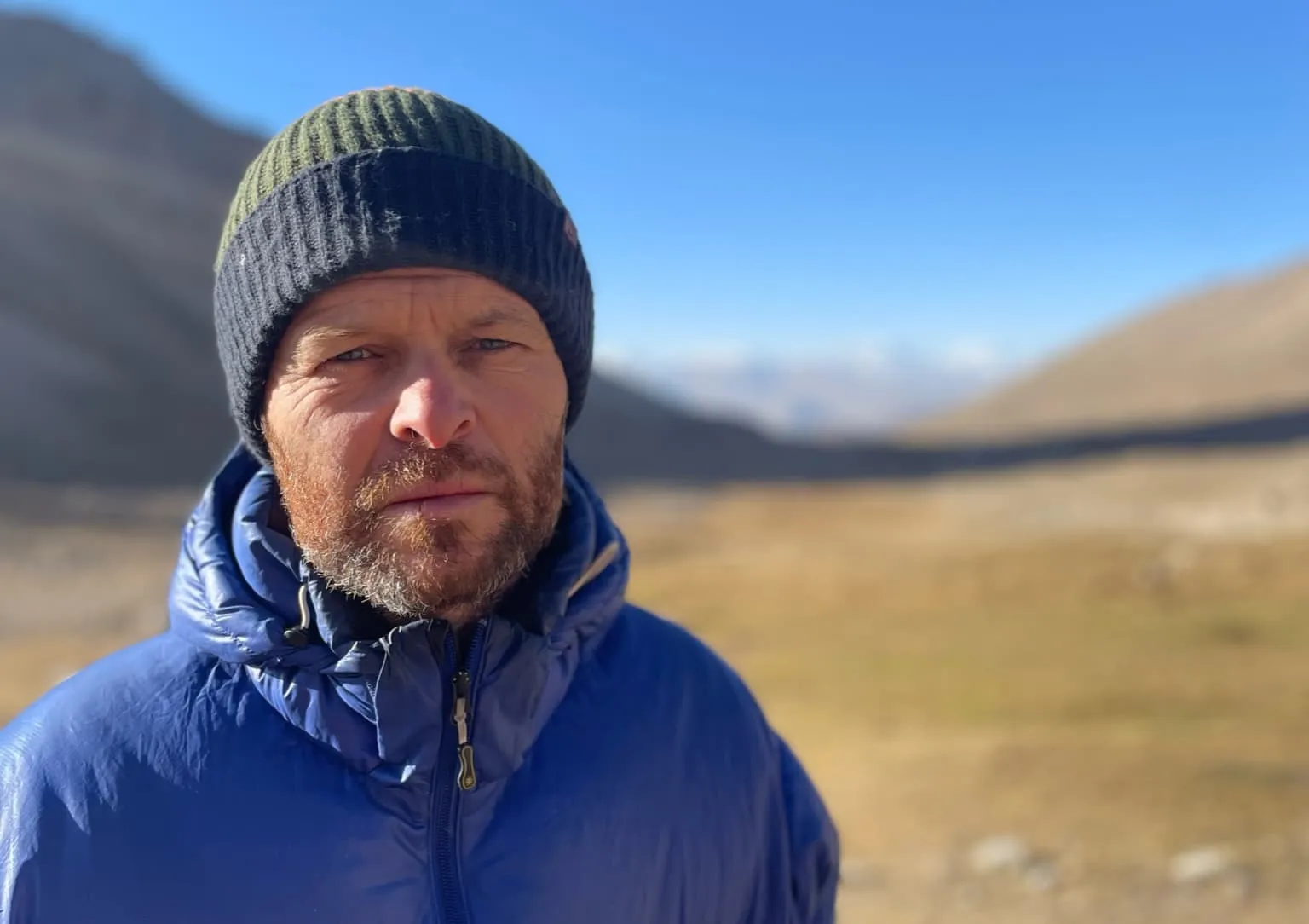
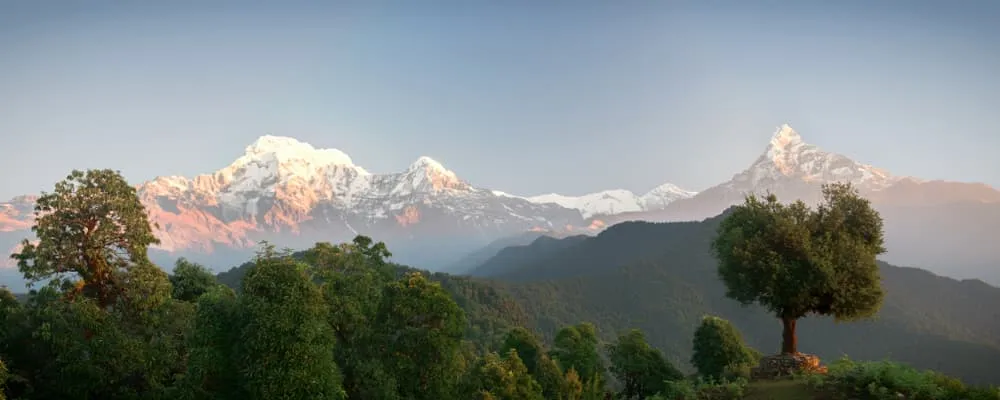
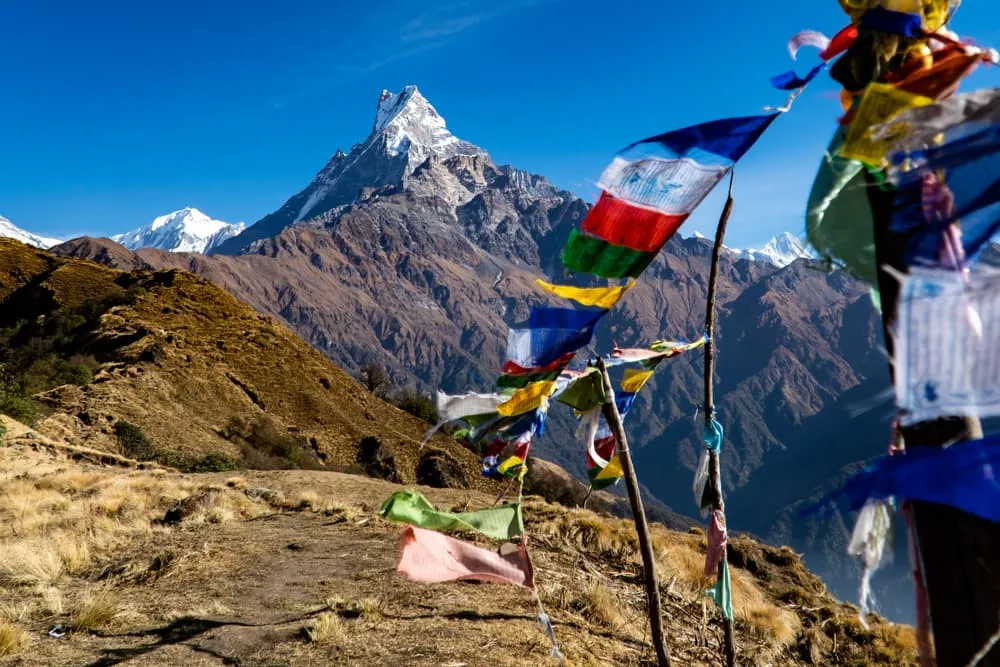
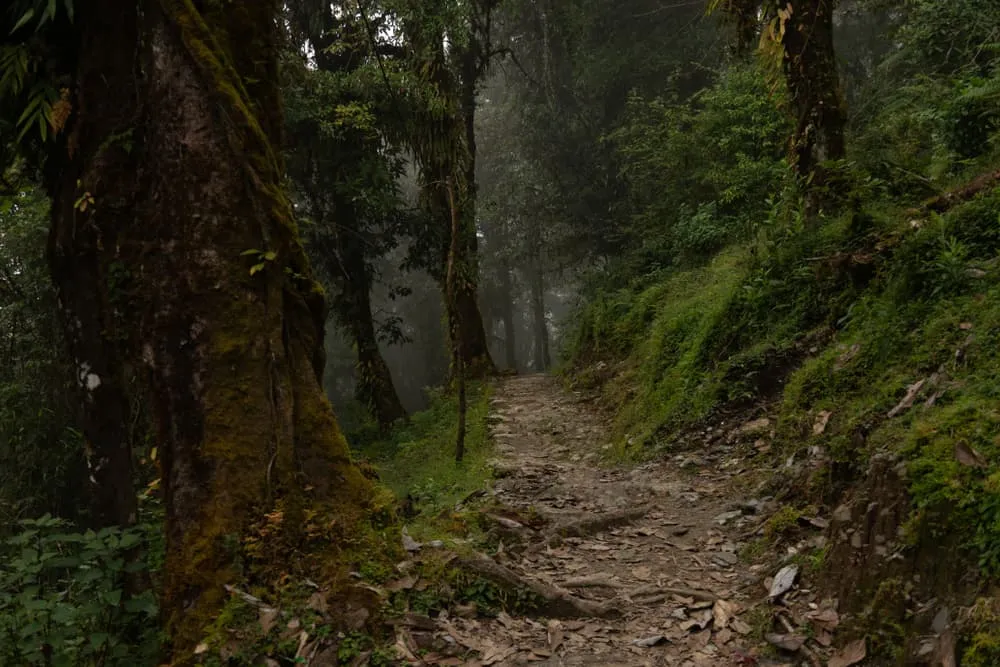
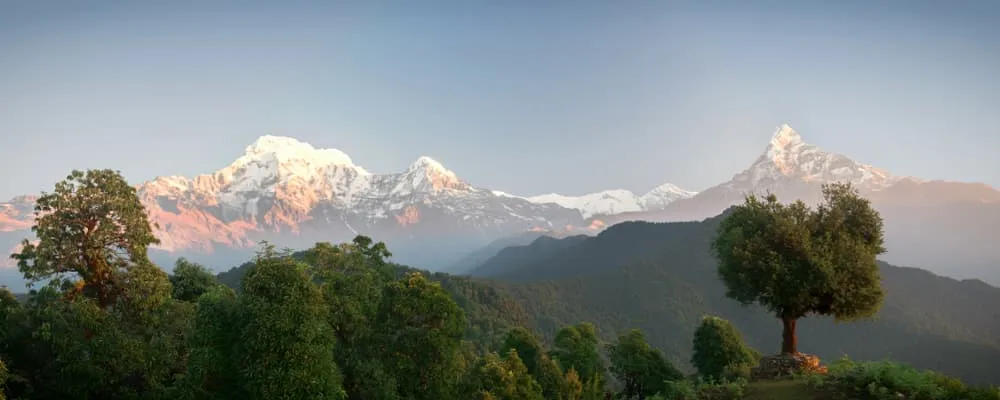
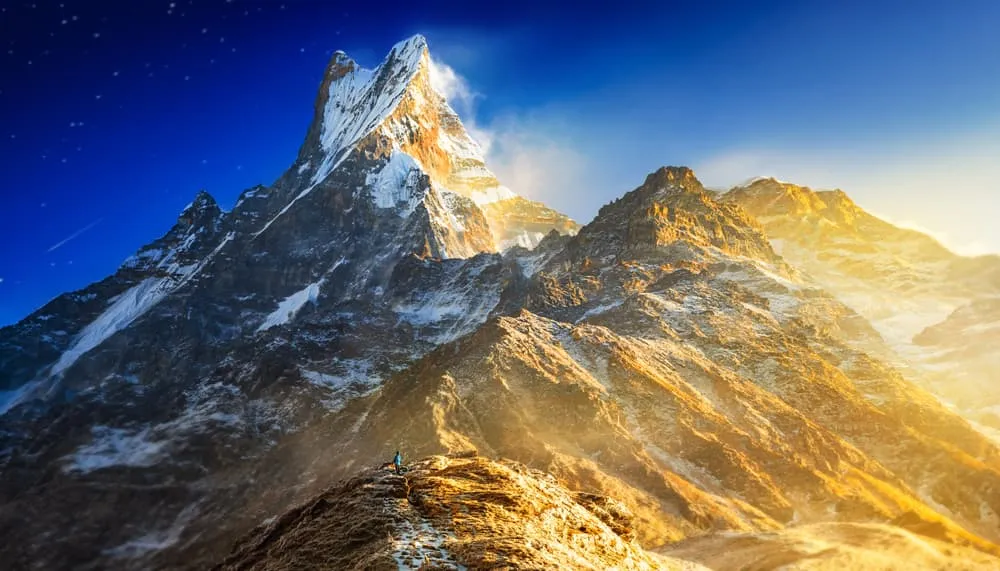
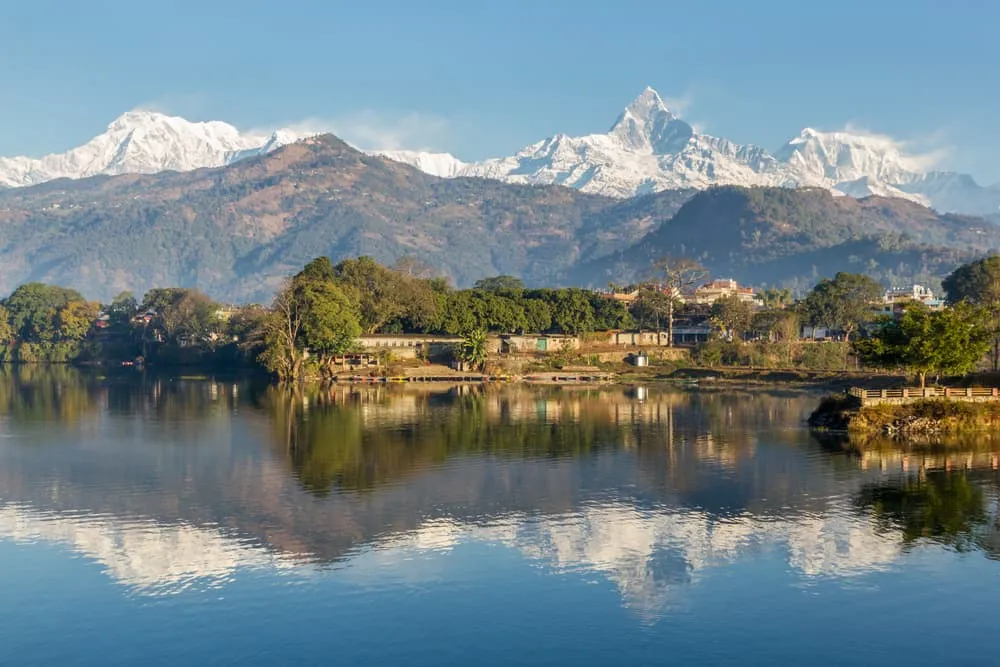
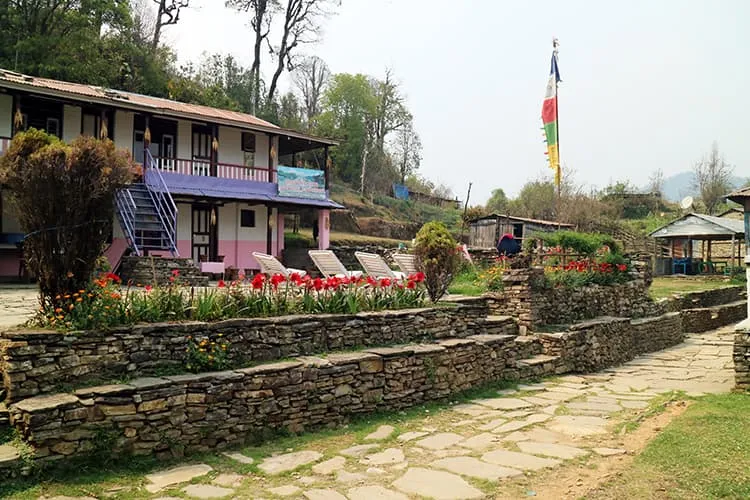
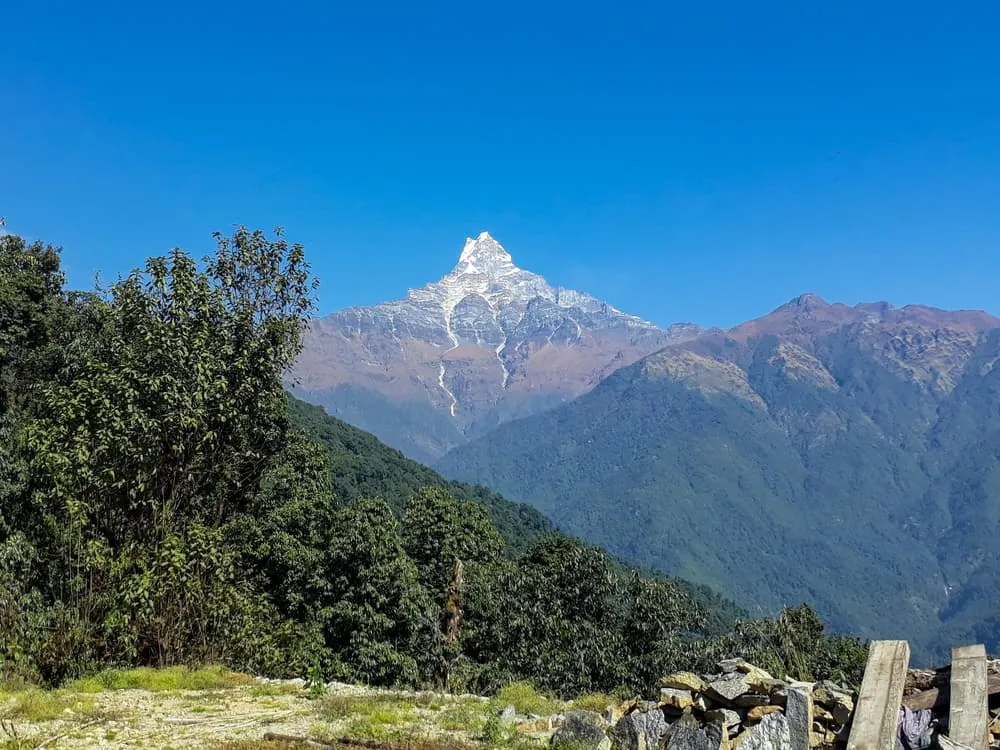
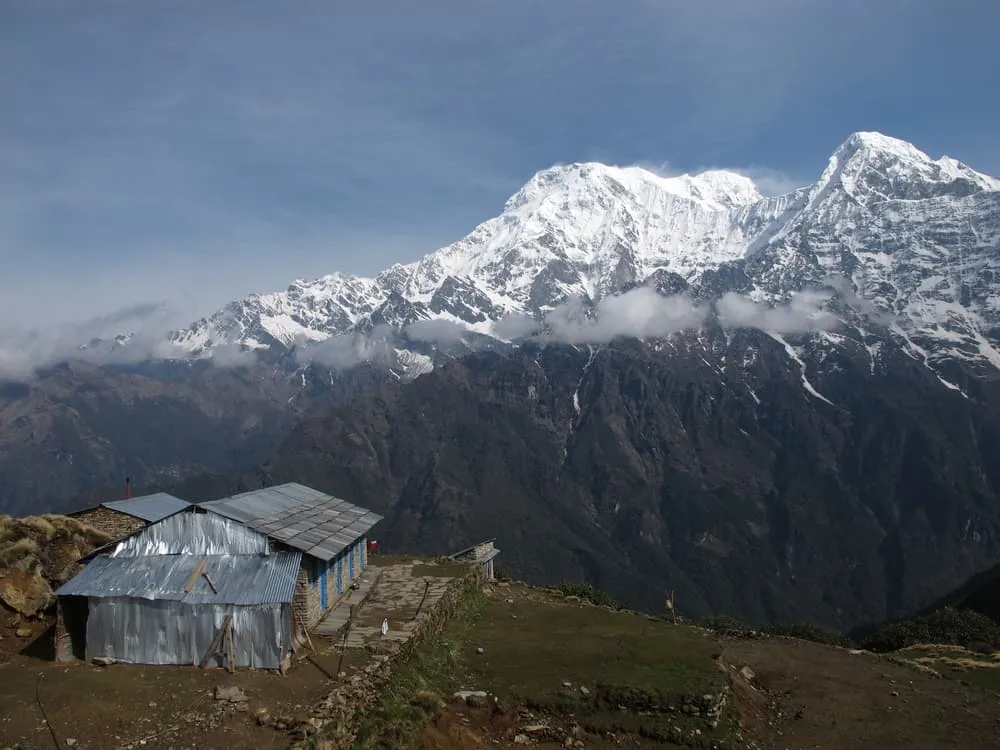
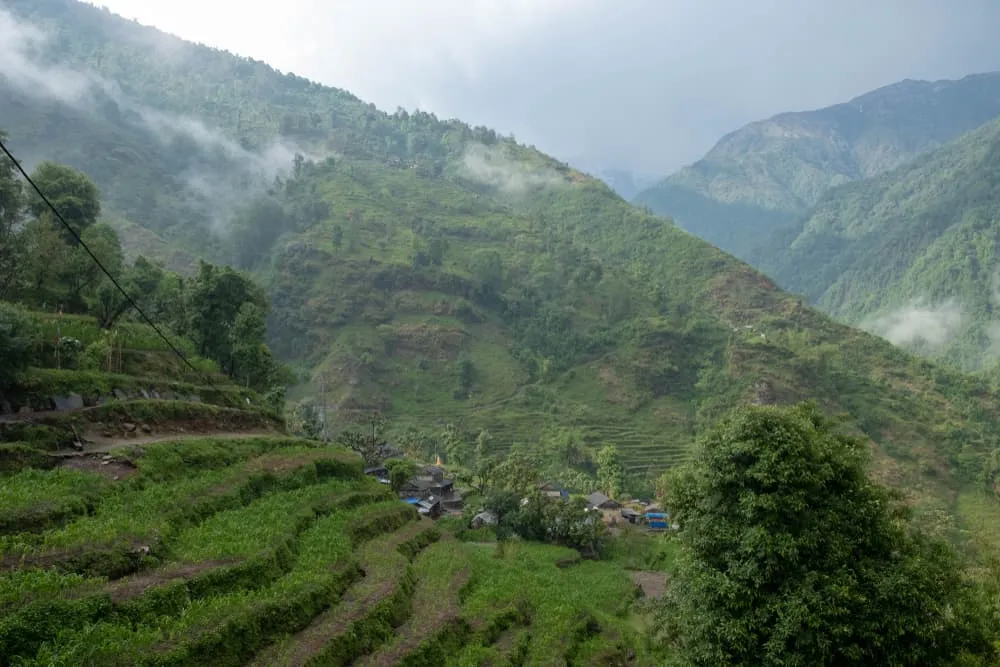
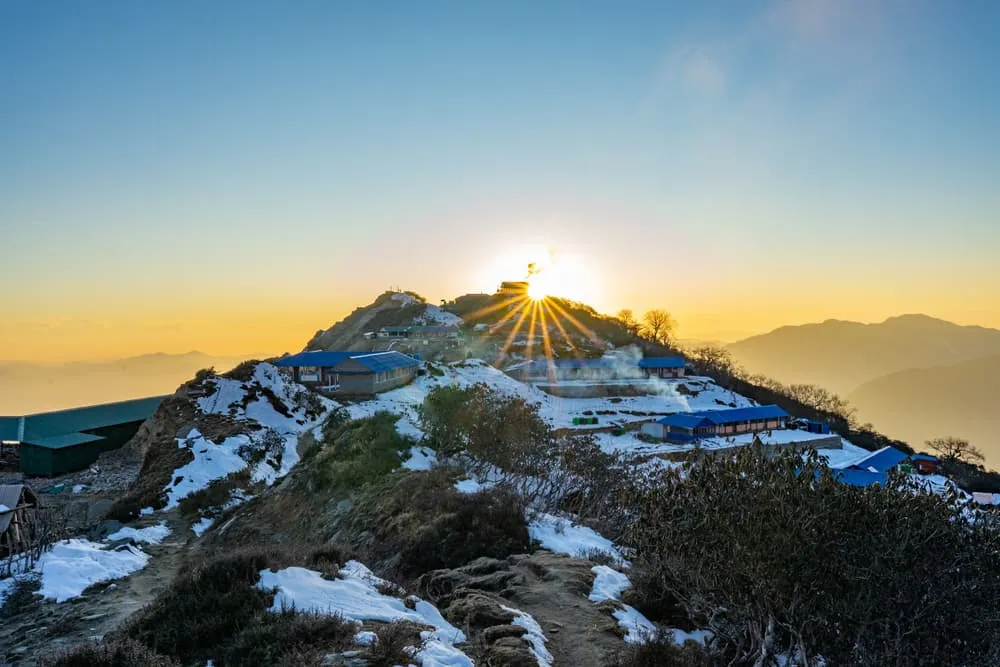
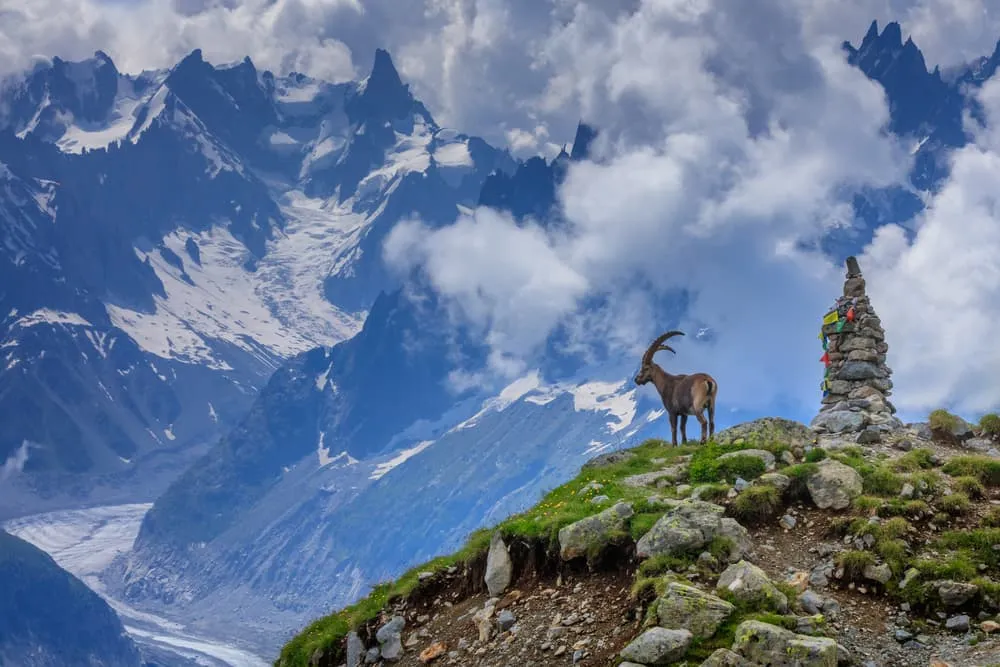
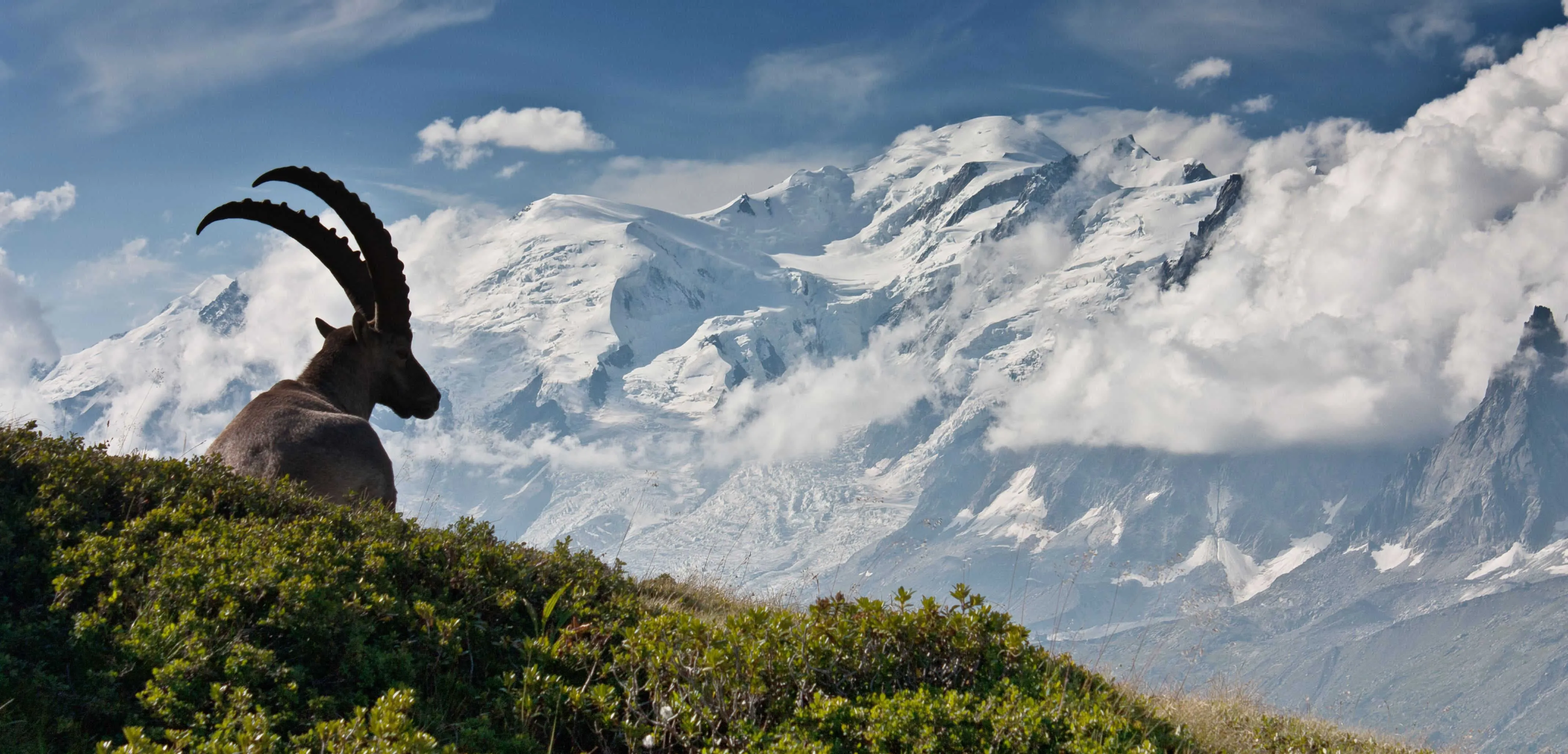
Comments